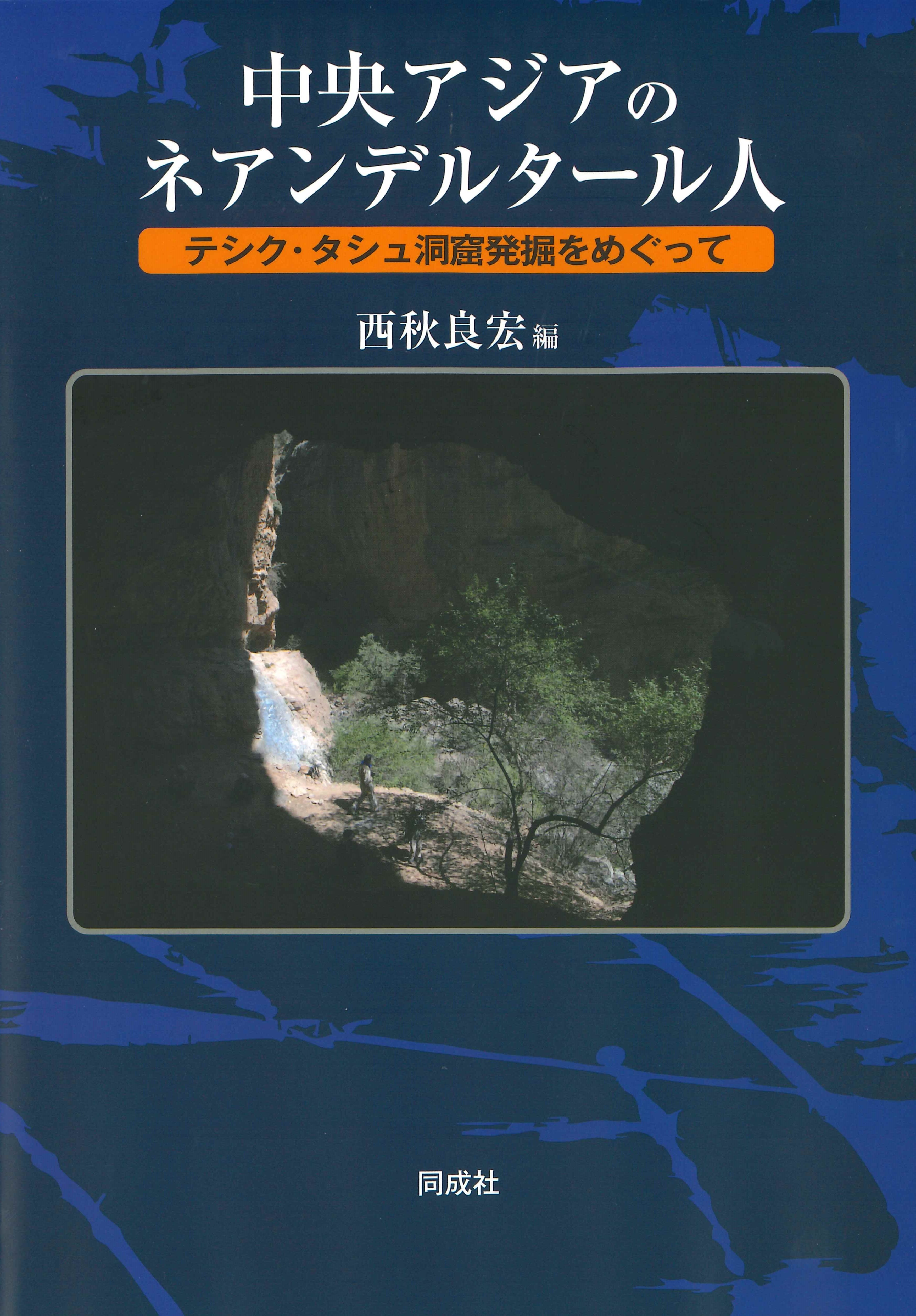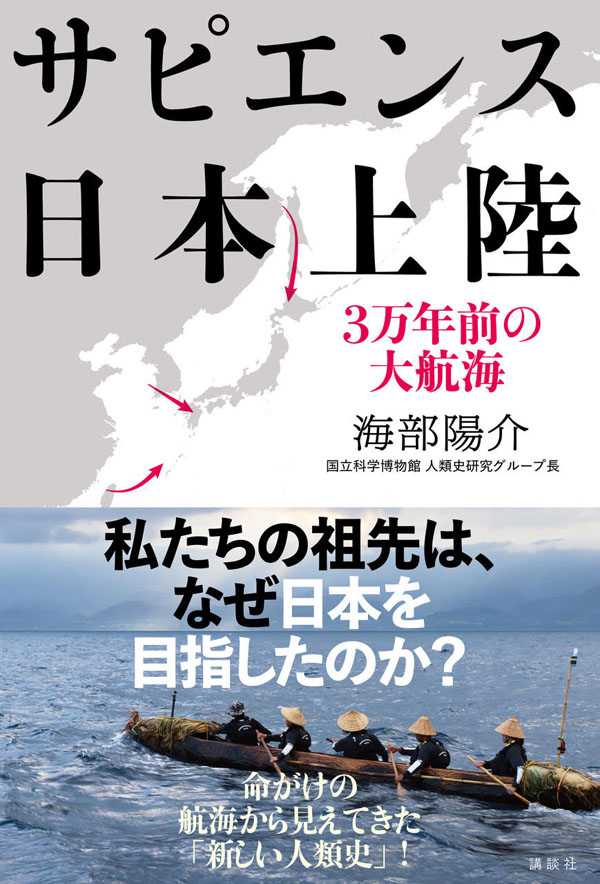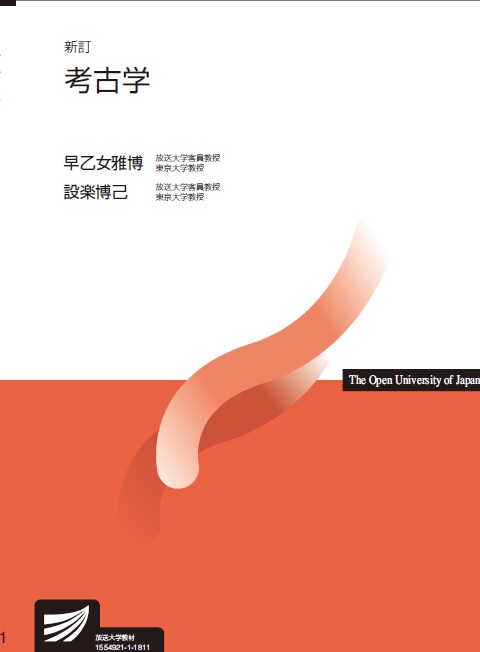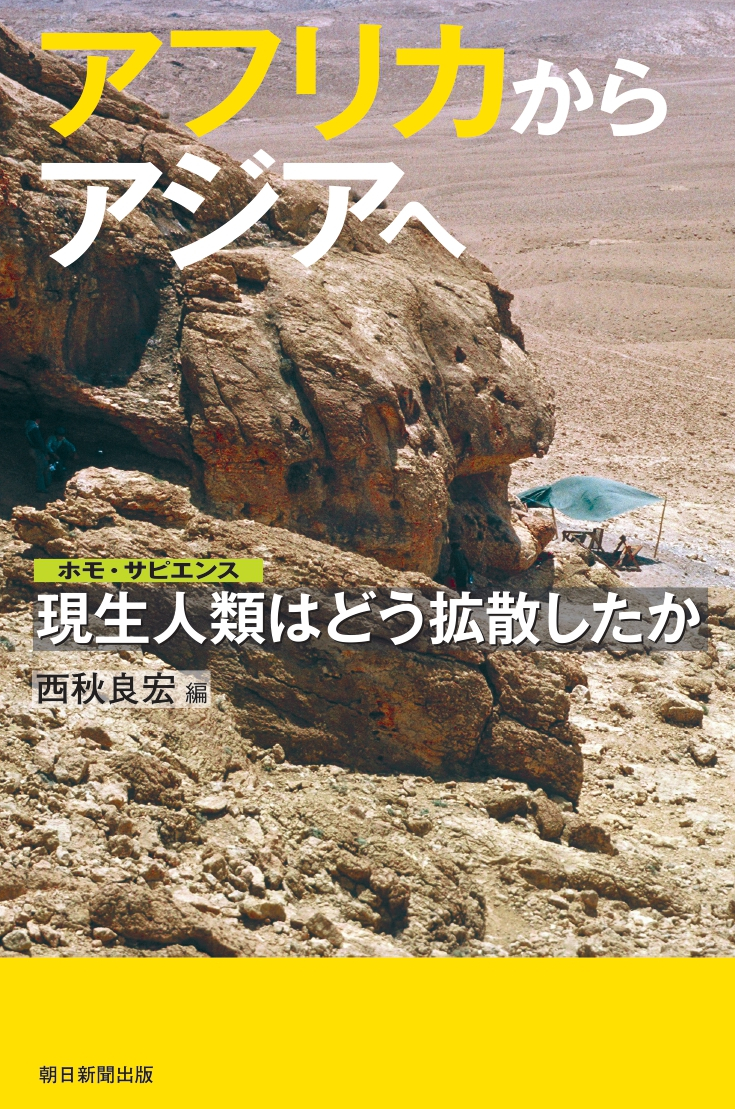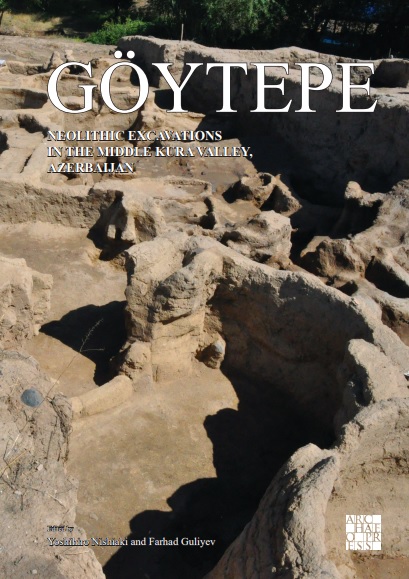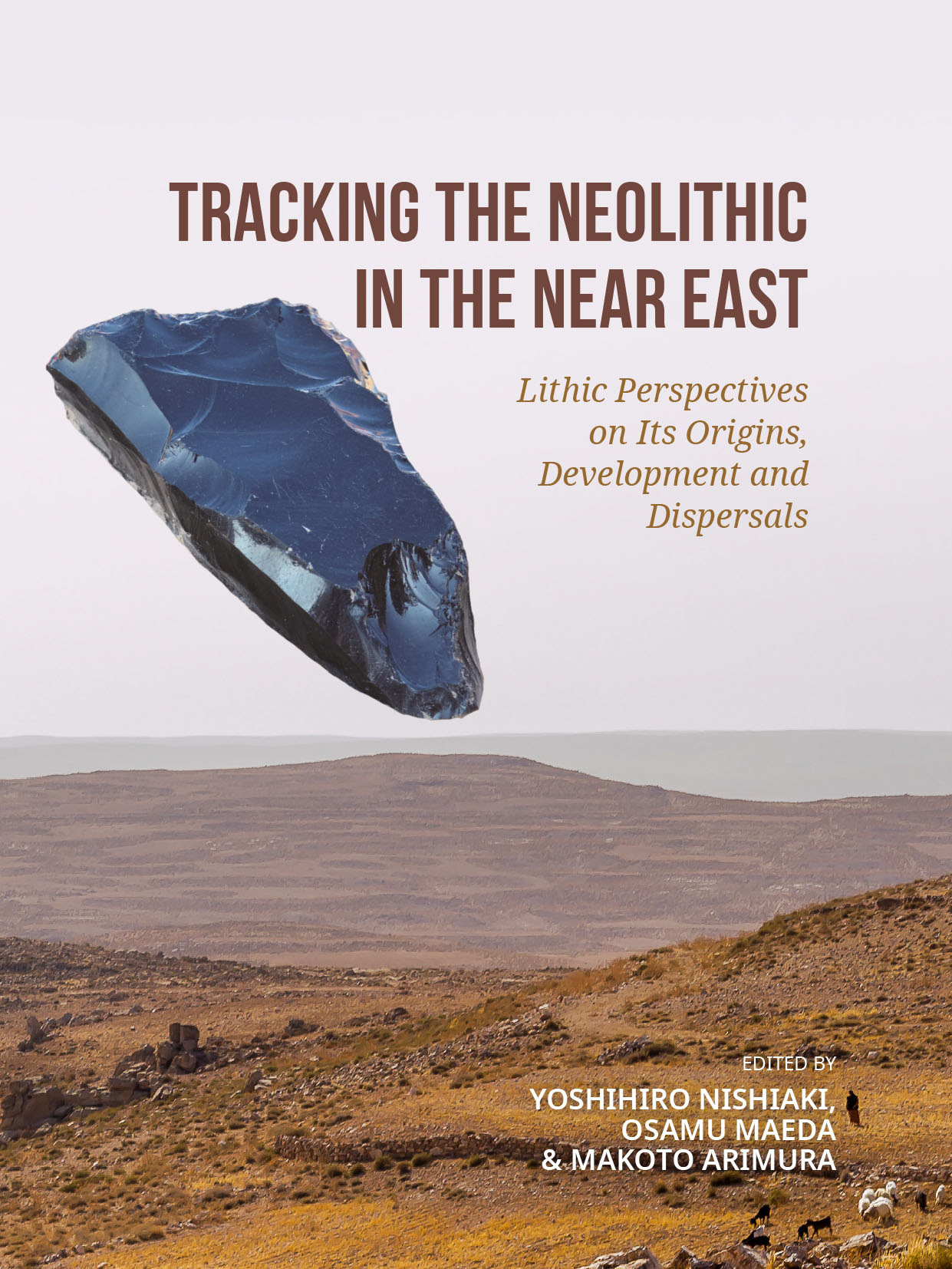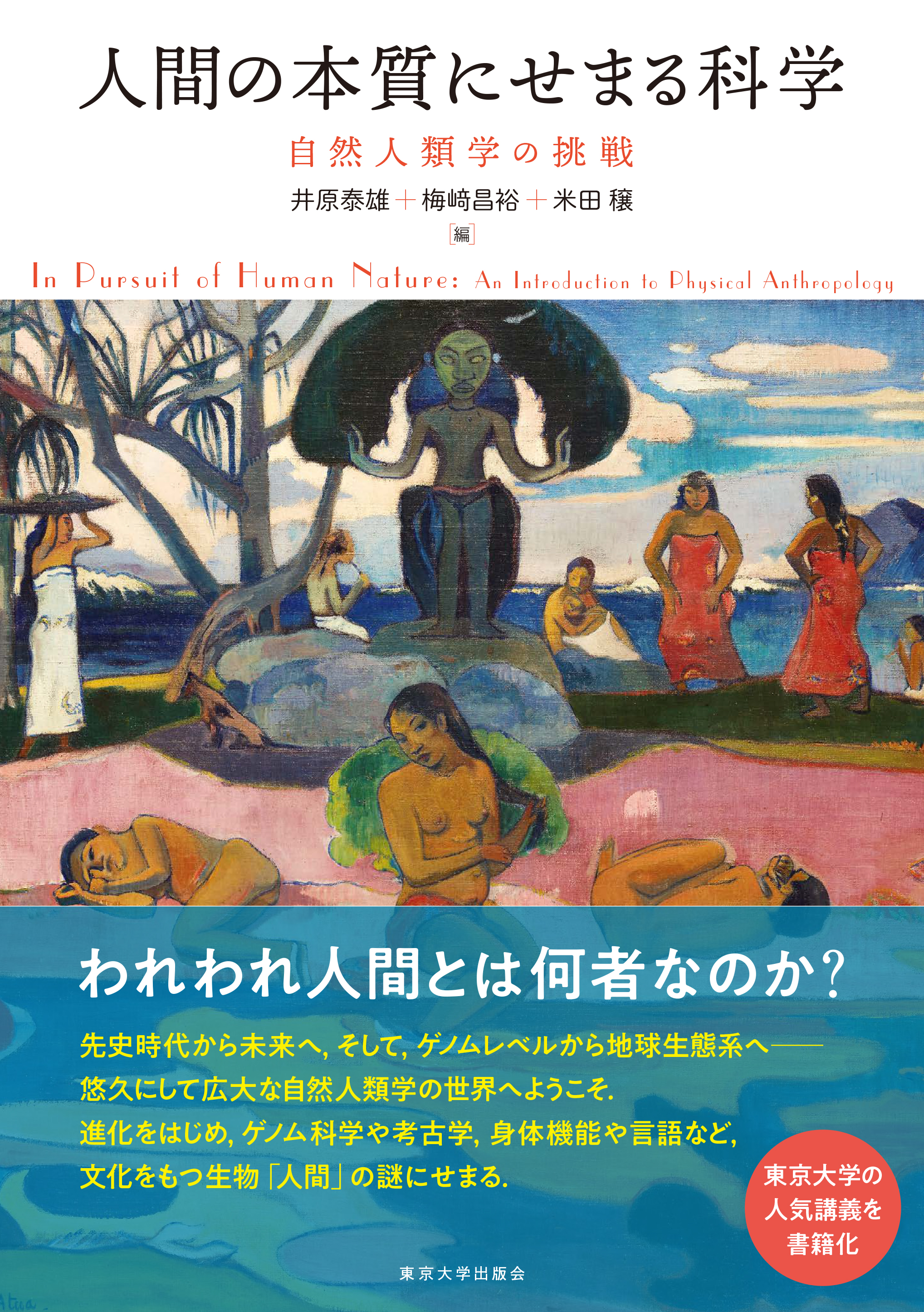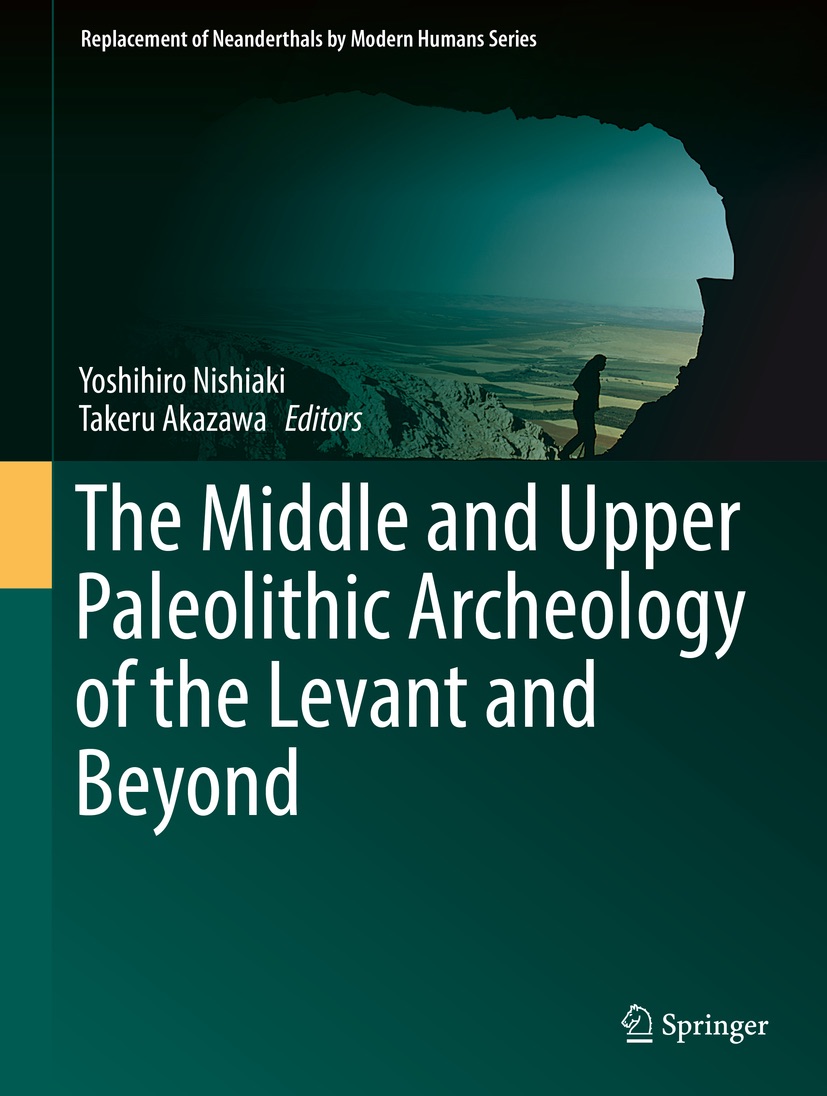
Title
Replacement of Neanderthals by Modern Humans Series The Middle and Upper Paleolithic Archeology of the Levant and Beyond
Size
218 pages
Language
English
Released
2018
ISBN
978-981-10-6825-6
Published by
Springer Singapore
Book Info
See Book Availability at Library
The Middle and Upper Paleolithic Archeology of the Levant and Beyond
Japanese Page
Modern humans, or Homo sapiens, emerged in Africa more than 200,000 years ago and dispersed to different parts of the Eurasian continents, where they replaced and/or interacted with indigenous archaic hominins. Understanding this distinct event—unprecedented in the long human history of more than six million years—has been one of the most hotly debated subjects in the recent anthropological and archaeological literature. Almost every year (or every month or week), new research results are reported from different disciplines, including ancient genetic studies, paleoanthropology, and archaeology. A few of these new finds worth mentioning are the addition of Denisovans to the group of archaic hominins previously represented by Neanderthals, the confirmation of interbreeding of modern humans with these hominin groups, and the identification of “modern” behaviors among these archaic populations that had been thought to be signatures of anatomically modern humans (i.e., Homo sapiens).
These findings and other new data indicate that the replacement/assimilation processes should be considered more complicated than previously thought, thus rejecting a straightforward replacement model. In other words, current research in this area requires more refined perspectives that are grounded in interpretations of higher resolution data. Accordingly, we organized an international conference in 2014 in Hokkaido, Japan, to compile the results of the latest multidisciplinary approaches and investigate the issues surrounding the replacement of Neanderthals by modern humans.
The present volume is an outcome of one of the many sessions at that conference, augmented by off-site contributions—all related to the Middle and Upper Paleolithic periods, key periods of replacement/assimilation of modern humans with archaic hominins. It examines the archeological evidence from West Asia, where modern humans most likely encountered archaic humans (Neanderthals) for the first time and began the complicated processes of replacement/assimilation. The first part of this volume presents recent findings from the Levant, whereas the second part focuses on neighboring regions (i.e., the Caucasus, the Zagros, and South Asia). In conclusion, the 13 chapters in this volume highlight the distinct nature of cultural occurrences in the Levant during the Middle and Upper Paleolithic periods, displaying continuous development as well as a combination of lithic traditions that might have originated in different regions. This syncretism, which is an unusual occurrence in the regions discussed in this volume, reinforces the importance of the Levant as a region for interpreting the replacement/assimilation processes in West Asia.
(Written by NISHIAKI Yoshihiro, Professor, The University Museum / 2019)
Table of Contents
Archeological Issues in the Middle and Upper Paleolithic of the Levant and Its Neighboring Regions Yoshihiro Nishiaki and Takeru Akazawa
Part I: The Levant
Chapter 2
An Open-Air Site at Nesher Ramla, Israel, and New Insights into Levantine Middle Paleolithic Technology and Site Use
Yossi Zaidner, Laura Centi, Marion Prevost, Maayan Shemer and Oz Varoner
Chapter 3
A Week in the Life of the Mousterian Hunter
Gonen Sharon
Chapter 4
Chrono-cultural Considerations of Middle Paleolithic Occurrences at Manot Cave (Western Galilee), Israel
Ofer Marder, Omry Barzilai, Talia Abulafia, Israel Hershkovitz, and Mae Goder-Goldberger
Chapter 5
Middle Palaeolithic Flint Mines in Mount Carmel: An Alternative Interpretation
Avraham Ronen
Chapter 6
Initial Upper Paleolithic Elements of the Keoue Cave, Lebanon
Yoshihiro Nishiaki
Chapter 7
The Ahmarian in the Context of the Earlier Upper Palaeolithic in the Near East
Nigel Goring-Morris and Anna Belfer-Cohen
Chapter 8
Ahmarian or Levantine Aurignacian? Wadi Kharar 16R and New Insights into the Upper Palaeolithic Lithic Technology in the northeastern Levant
Seiji Kadowaki
Part II: The Neighboring Regions of the Levant
Chapter 9
Living on the Edge: The Earliest Modern Human Settlement of the Armenian Highlands in Aghitu-3 Cave
Andreas Taller, Boris Gasparyan and Andrew W. Kandel
Chapter 10
The Middle to Upper Paleolithic Transition in Zagros: The Appearance and Evolution of Baradostian
Sonia Shidrang
Chapter 11
Upper Palaeolithic Raw Material Economy in the Southern Zagros Mountains of Iran
Elham Ghasidian and Saman Heydari-Guran
Chapter 12
Neanderthals and Modern Humans in the Indus Valley? The Middle and Late (Upper) Palaeolithic settlement of Sindh, a Forgotten Region of the Indian Subcontinent
Paolo Biagi and Elisabetta Starnini
Chapter 13
Ecological Niche and Least-cost Path Analyses to Estimate Optimal Migration Routes of Initial Upper Palaeolithic Populations to Eurasia
Yasuhisa Kondo, Katsuhiro Sano, Takayuki Omori, Ayako Abe-Ouchi, Wing-Le Chan, Seiji Kadowaki, Masaki Naganuma, Ryouta O’ishi, Takashi Oguchi, Yoshihiro Nishiaki, and Minoru Yoneda



 Find a book
Find a book


 eBook
eBook